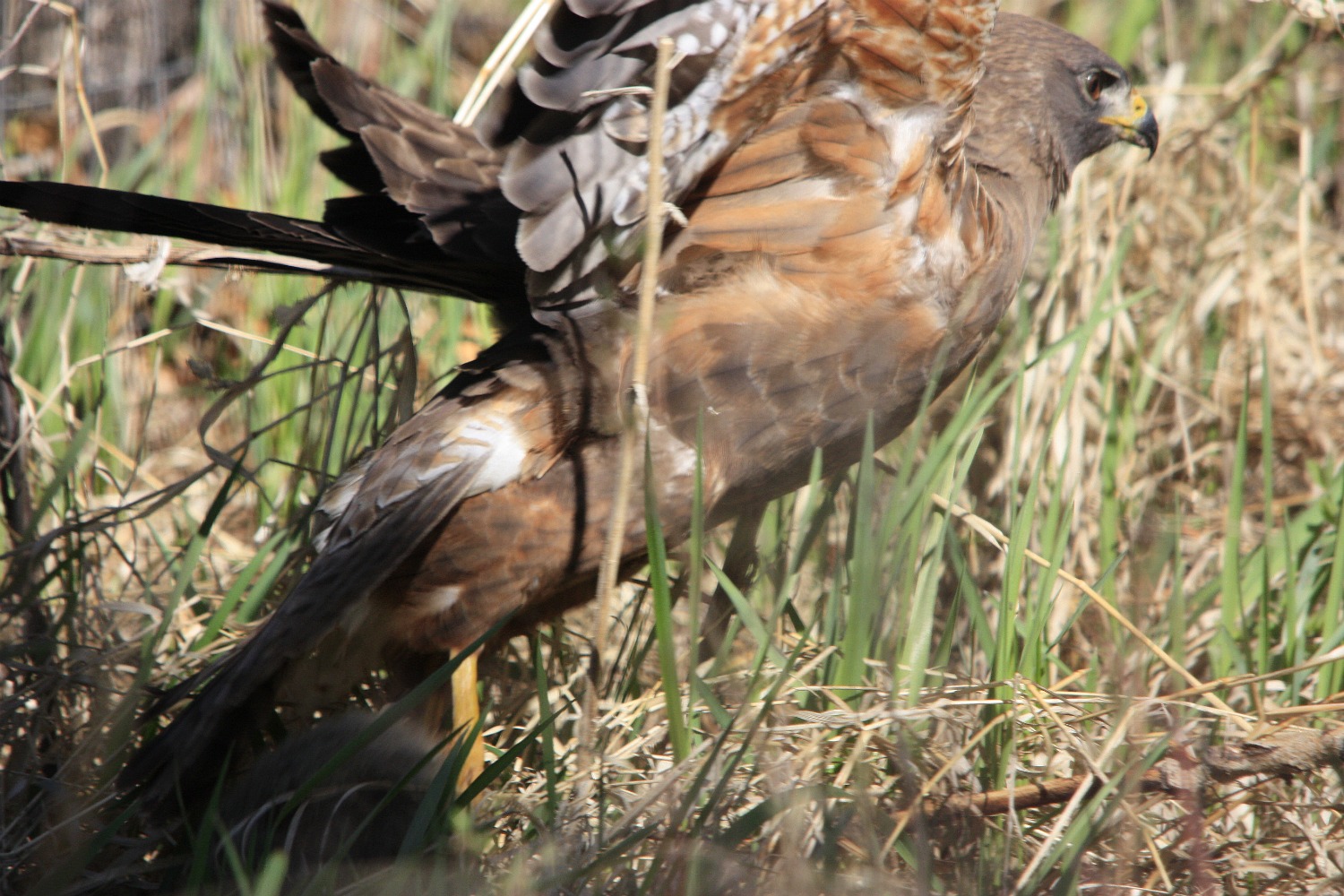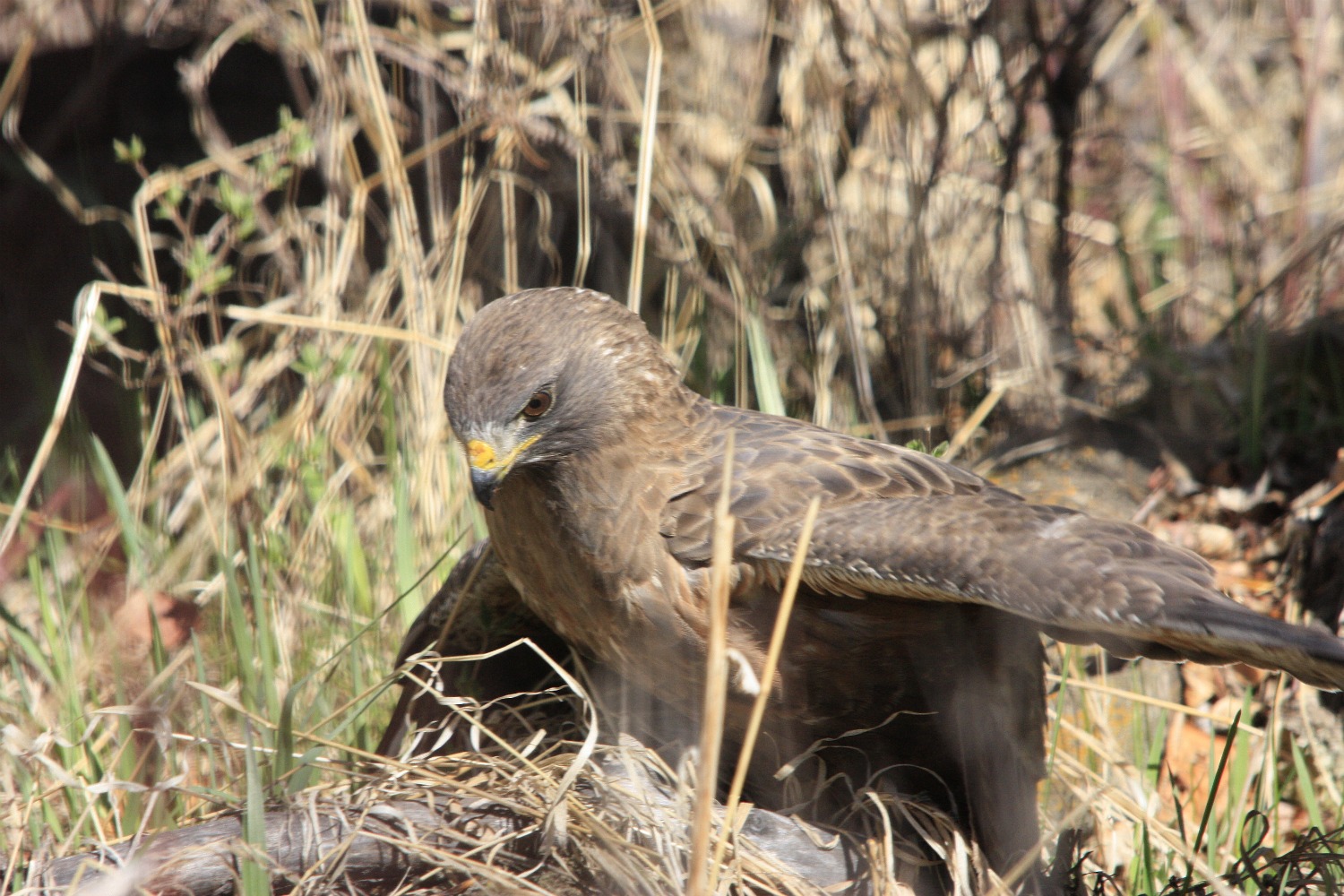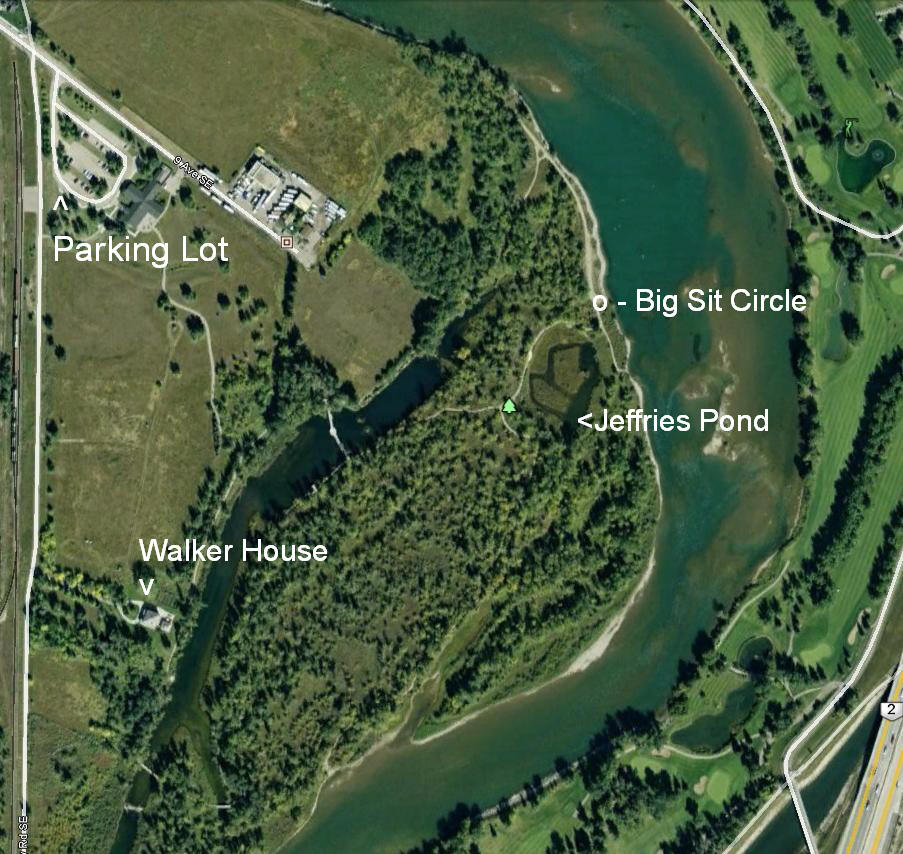Have you seen an unusual bird in Calgary? If it is a species on this Reportable_Birds list (PDF), please report it to the Rare Bird Alert line at 403 221-4519 and leave a message after the beep at the end of the recording. If you would like some help with species identification, email us at us at zoxox@shaw.ca . To report injured wildlife call the Calgary Wildlife Rehabilitation Society at 403 239-2488, or the Alberta Institute for Wildlife Conservation at 403 946-2361.
This Bird Albert was recorded on May 16, 2011.
MAY 12
SEMIPALMATED PLOVER – 2 seen in the west end of Glenmore Reservoir by Gus Yaki and the Friends of Fish Creek PP Society (FCCPPS)
SEMIPALMATED SANDPIPER – 30 seen as above
TOWNSEND’S SOLITAIRE – 1 seen by David Pugh at Inglewood Bird Sanctuary (IBS)
SANDHILL CRANE – 2 at Winchell Lake reported by Ron Kube
MAY 13
SAGE THRASHER – one reported and photographed on private restricted access property moving along a fence along a range road east of Milo
YELLOW WARBLER – reported by Cedric and Robin Hitchon at Carburn Park
MEW GULL – adult at the west end of Glenmore Reservoir reported by Bill Wilson
MAY 14
STILT SANDPIPER – 26 reported by BW at the slough on TRd 232 east of the railroad tracks at Shepard
BLACK-NECKED STILT – 4 as above
WHITE-FACED IBIS – 1 as above
UPLAND SANDPIPER – on RR 250 at the southwest corner of Eagle Lake by Howard Heffler and Tony Timmons
NASHVILLE WARBLER – seen by Jim Davis at Hay Meadow at the Mt. Lorette Hawk watch site
SORA – heard by Terry Korolyk east of Shepard
MAY 14-15 (WEEKEND)
SANDERLING – in the Taber area reported by Lloyd Bennett
COMMON YELLOWTHROAT – 2 reports in our area
BROWN THRASHER – reported over the weekend
SPRAGUE’S PIPIT – as above
LOGGERHEAD SHRIKE – as above
BALTIMORE ORIOLE – as above
SPOTTED TOWHEE – as above
MAY 15
TREE SWALLOW – thousands seen by TK along the Bow River in east Fish Creek PP
BANK SWALLOW – as above
CASPIAN TERN – 2 seen by BW at the west end of Glenmore Reservoir
EURASIAN COLLARED DOVE – 2 seen by TK in balsam poplars south of the Bankside parking lot in east Fish Creek PP
The next scheduled update of the bird alert is on Thu May 19.






































